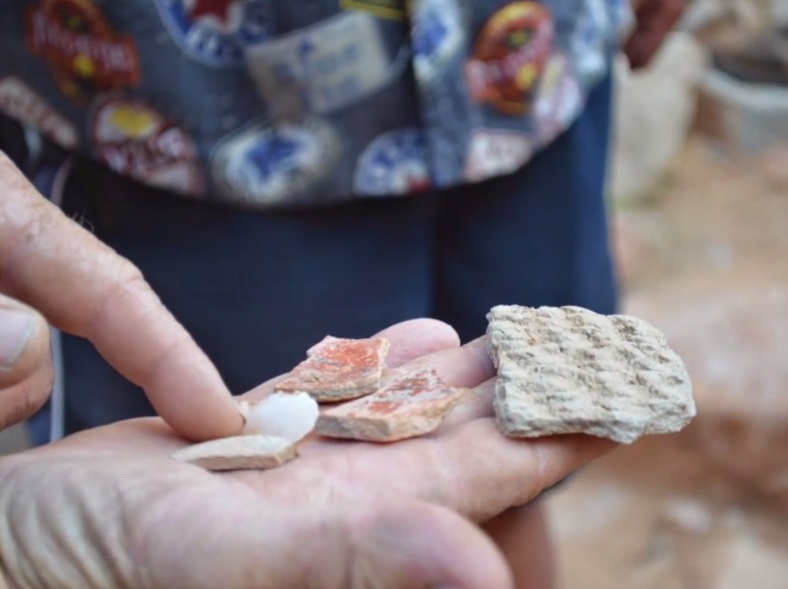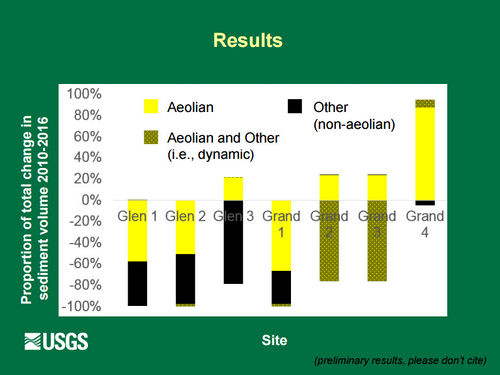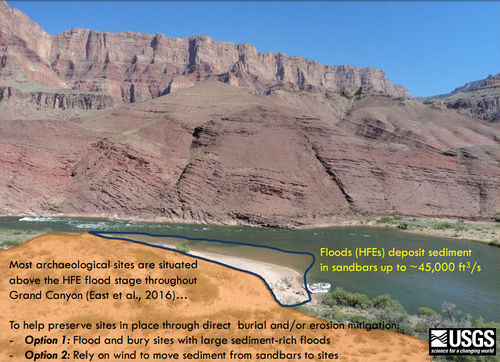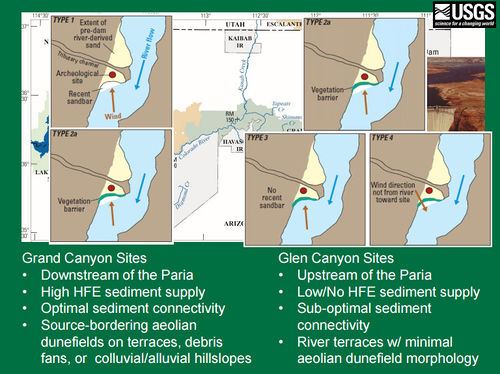Difference between revisions of "CULTURAL"
Cellsworth (Talk | contribs) |
Cellsworth (Talk | contribs) |
||
| Line 118: | Line 118: | ||
*[[Media:Collins 2016 GCArchSitesAeolian.pdf| Collins et al. 2016. Relations between rainfall–runoff-induced erosion and aeolian deposition at archaeological sites in a semi-arid dam-controlled river corridor, Earth Surf. Process. Landforms]] | *[[Media:Collins 2016 GCArchSitesAeolian.pdf| Collins et al. 2016. Relations between rainfall–runoff-induced erosion and aeolian deposition at archaeological sites in a semi-arid dam-controlled river corridor, Earth Surf. Process. Landforms]] | ||
*[https://pubs.er.usgs.gov/publication/pp1825 East et. al. 2016. Conditions and processes affecting sand resources at archeological sites in the Colorado River corridor below Glen Canyon Dam, Arizona: U.S. Geological Survey Professional Paper] | *[https://pubs.er.usgs.gov/publication/pp1825 East et. al. 2016. Conditions and processes affecting sand resources at archeological sites in the Colorado River corridor below Glen Canyon Dam, Arizona: U.S. Geological Survey Professional Paper] | ||
| − | |||
'''2015''' | '''2015''' | ||
Revision as of 13:48, 23 March 2017
|
|
Cultural ResourcesThe lower reaches of Glen Canyon and the river corridor through Grand Canyon National Park, Arizona, have been used by humans for at least 13,000 years. Today, at least nine contemporary Native American Tribes claim traditional cultural ties to this area. Grand Canyon National Park contains more than 4,000 documented prehistoric and historic sites, and about 420 of these sites are located in proximity to the Colorado River. The lower reaches of Glen Canyon contain an additional 55 sites. In addition to archaeological sites, cultural resources along the Colorado River corridor include historic structures and other types of historic properties, as well as biological and physical resources that are of traditional cultural importance to Native American peoples such as springs, unique landforms, mineral deposits, native plant concentrations, and various animal species. Desired Future Condition for Cultural ResourcesPrehistoric Archaeological Sites and Historic Sites: |
| Tribal Ecological Knowledge |
Cultural Resources Library |
Tribal Perspectives |
|---|
|
|




